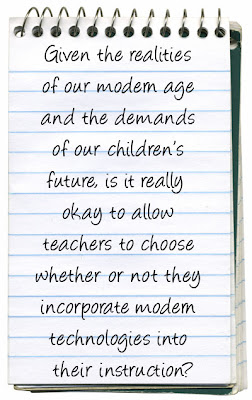 First, a co-worker emailed this link to Microsoft's Surface technology. The videos are short and very cool. Amazing to think that this will be available later this year. Even more amazing is to think of the many ways this will change our lives and interactions. And .... what about our classrooms???
First, a co-worker emailed this link to Microsoft's Surface technology. The videos are short and very cool. Amazing to think that this will be available later this year. Even more amazing is to think of the many ways this will change our lives and interactions. And .... what about our classrooms???The second article was shared with me by my dad. This article highlights the next new thing that Google is creating.... Google Gears. This is (somehow) going to provide access to web based stuff when you don't have access to the web (on a plane, somewhere where only dial-up is available, or even in remote parts of the world). While it's all still very vague to me, it sure sounds awesome! (Ready to take the plunge and be on the cutting edge of this one? Here's the beta version--- http://gears.google.com/)
Sure makes me wonder about the implications for our schools and classrooms. My newest questions are more global though--- what are the implications of these technologies on our lives and communities? Will everyone have access to these and will they truly transform how we do everything? Or will this be the next new geek toy only used by the super-geeks who are really on top of this whole technology shift? When will all this technology be mainstream?
Will these new platforms /services/ tools eliminate the need for computers as we know them with clunky mice? Will everything be touch screen in just a few years?? Will all the technology skills we're learning now be obsolete?










